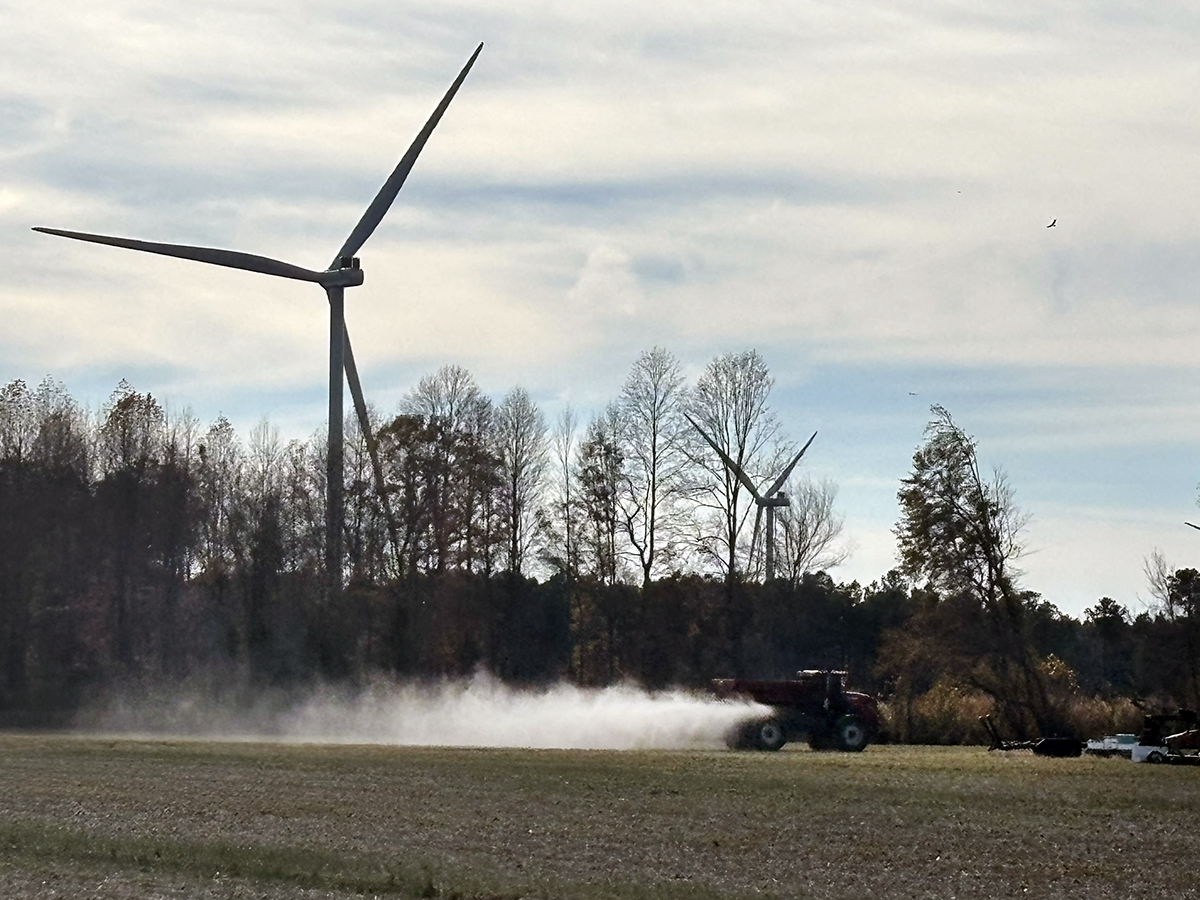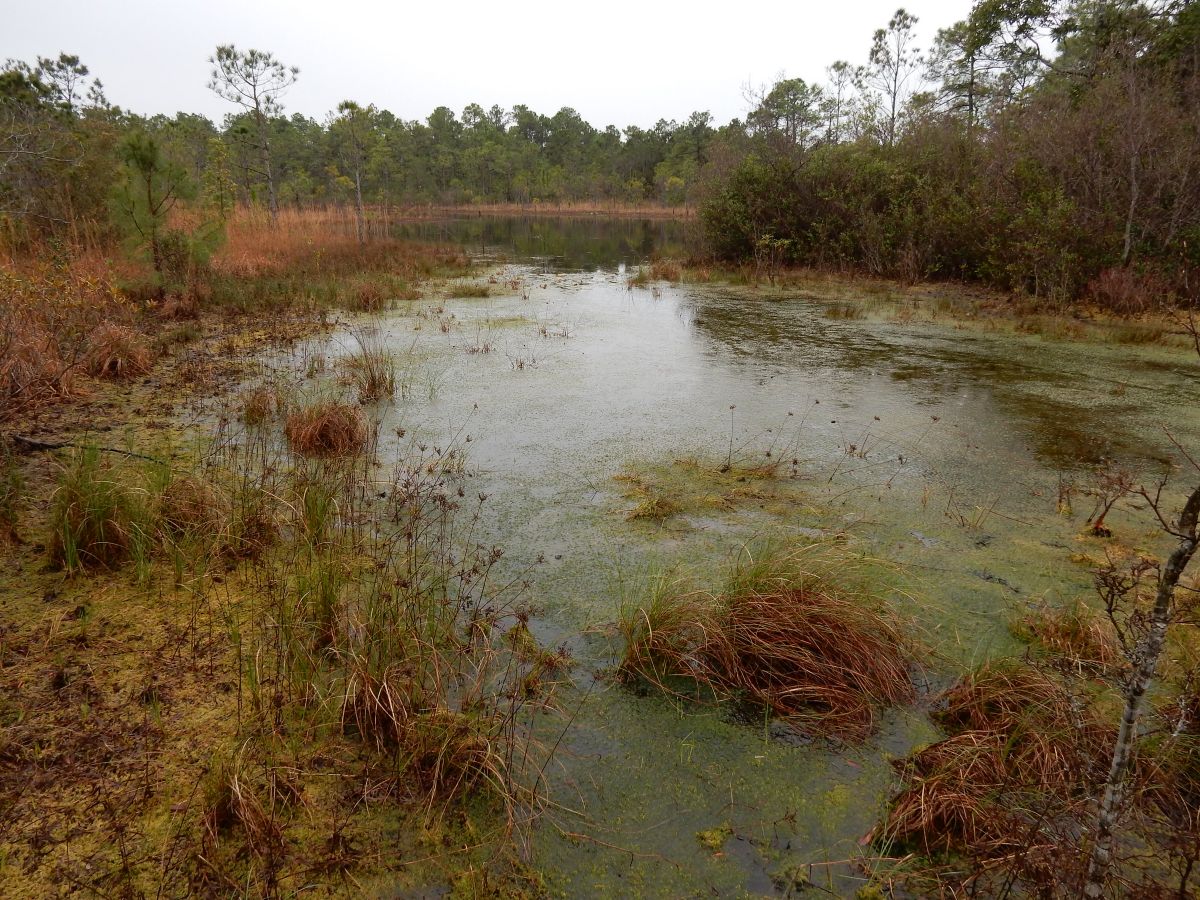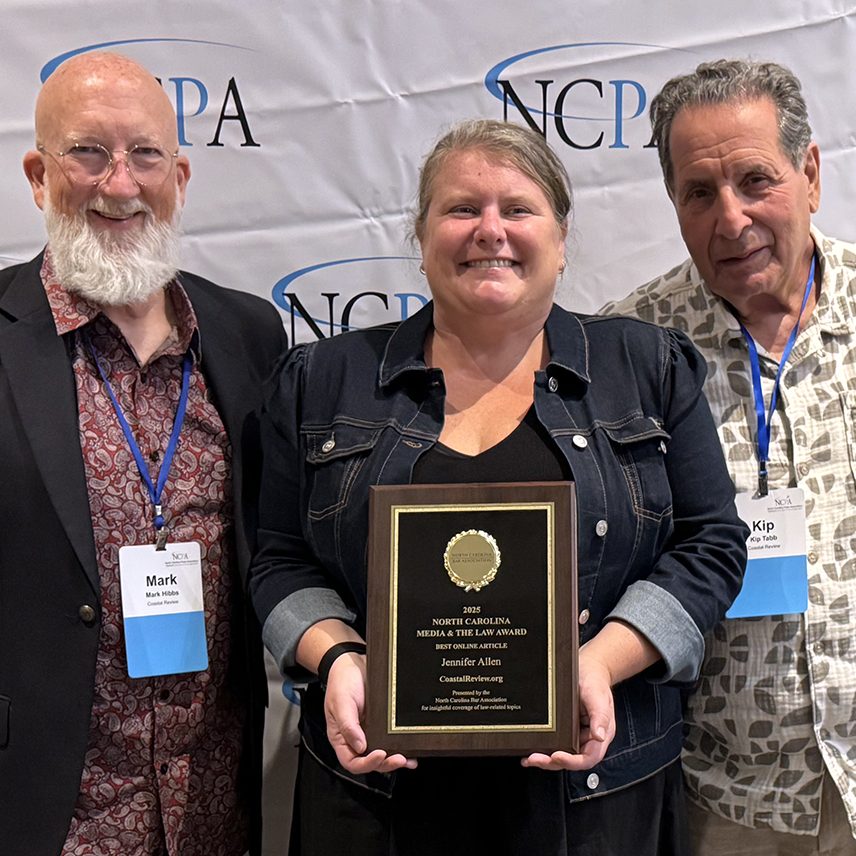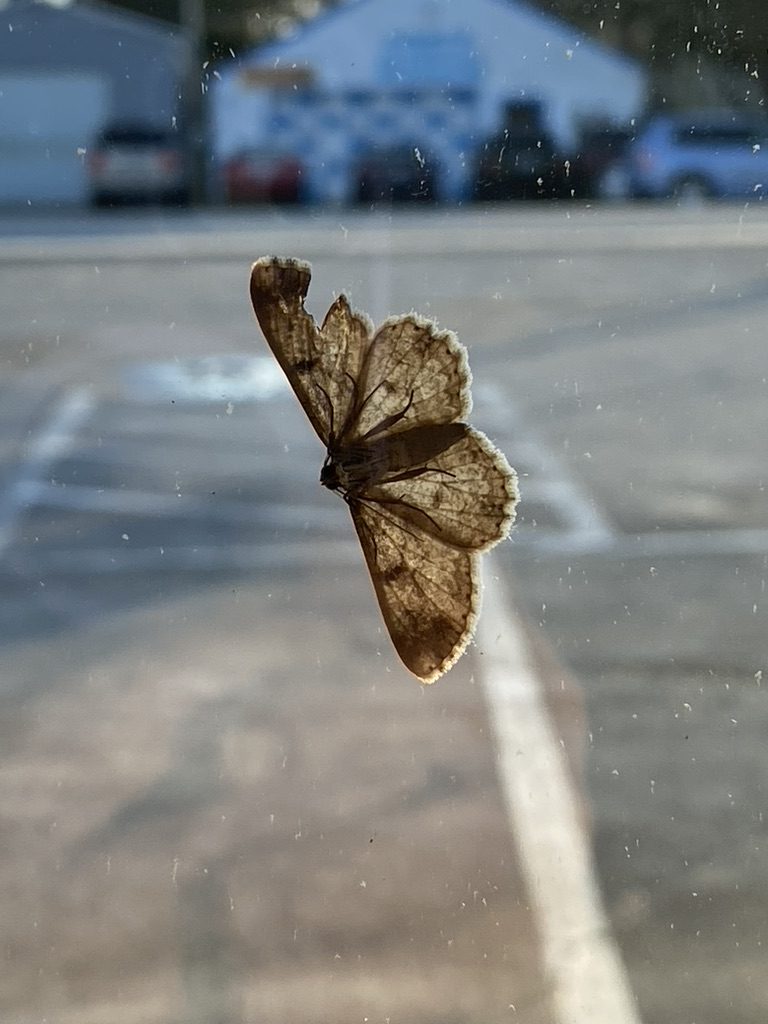
With the advent of spring, the insects have sprung!
Just about the time the pollen is letting up and the weather gets nice enough to enjoy being outside — right before the heat and humidity settle in for the long haul — the insect hordes swarm in full force.
Supporter Spotlight
Ever notice how there are two kinds of bugs?
Two? Are you crazy? There are actually billions of kinds of multi-legged, winged or not-winged creepy crawlies out there. And most of them reside in eastern North Carolina, just in case you haven’t noticed.
I say two kinds as in the ones we love and the ones we loathe.
Everybody loves ladybugs (Coccinellidae), lightning bugs (Lampyridae), honeybees (Apis mellifera), dragonflies (Anisoptera), and butterflies (Lepidoptera).
On the flip side, pretty much everyone loathes wasps (Vespidae), carpenter bees (Xylocopa), mosquitoes (Anopheles), our ever-popular clouds of gnats, also known as no-see-ums (Culicoides), yellow flies (Diachlorus ferrugatus), and greenheads (Tabanus nigrovittatus).
Supporter Spotlight
Why can’t there just be good bugs?
Well, the answer to that is kind of like vegetables, flowers, plants and weeds. Every plant is a weed somewhere. The definition of a weed is literally a plant that is growing where it isn’t wanted.
Same with insects. Like vegetables and flowers, we spend a lot of time and money planting and nurturing versus the free, flourishing weeds we spray, hoe, dig, mow and cuss. Everything has a place. Doesn’t mean we always like that place.
If you spray weed killer in your flowerbeds or vegetable garden, the coveted plants you planted will die right alongside the aggravating volunteer weeds because the “weed killer” doesn’t make any distinction between weeds you want and weeds you don’t.
Same with insects. Whether we like them or not, insects definitely have their place. While we tend to like the cute ones and dislike the bitey ones, we don’t get much choice in which ones we get to have.
If you pay attention, insects can tell you a lot. Many of them are indicators, and by noticing their presence or absence, you can figure out what you need to do.
We might not necessarily enjoy mosquitoes and biting flies, but birds and bats and spiders and lizards and toads love noshing on them. Humans love swallows and dragonflies and such, but as much as we don’t like some bugs, the critters have to have something to eat.
Wasps, for instance. Nasty things with a nasty sting! What good are they?
Lots, as it stands, er, flies.
Bullies that they are, if you notice wasps hovering around your shrubs, pay attention. While wasps can nest in shrubs, oftentimes seeing wasps indicates your shrubs have a pest problem. Wasps feed on the sticky sap aphids and scales produce, called honeydew.
Same with your garden. If you see wasps buzzing around your cabbage or field peas, they’re hunting caterpillars and moths. Sometimes wasps eat the moths or caterpillars, sometimes they sting and stun the caterpillars. Flying the stunned worm back to their nest, the wasp can either chop it in little pieces to feed to its young or … The wasp can shove the caterpillar into a cell and lay an egg on the caterpillar so when the baby wasp hatches, it has a readymade buffet all lined up.
Kind of makes you feel sorry for the moths and caterpillars.
We don’t often think about moths as pollinators, but they can be. They can also be destructive pests.
Just like spotting wasps around your shrubs can indicate potential issues, any sign of what we typically and erroneously call miller moths (Acronicta leporina) but are in reality pantry moths (Plodia interpunctella) in your kitchen or pantry means you need to check all your perishable staples: flour, cornmeal, rice, pastas, cereals, and nuts.
Pantry moths, sometimes called Indianmeal moths, can chew through cardboard and plastic to lay their eggs, which hatch into tiny caterpillars. You may notice web-looking growths inside boxes or in your pantry. Clean well with soapy water or vinegar and dispose of questionable items.
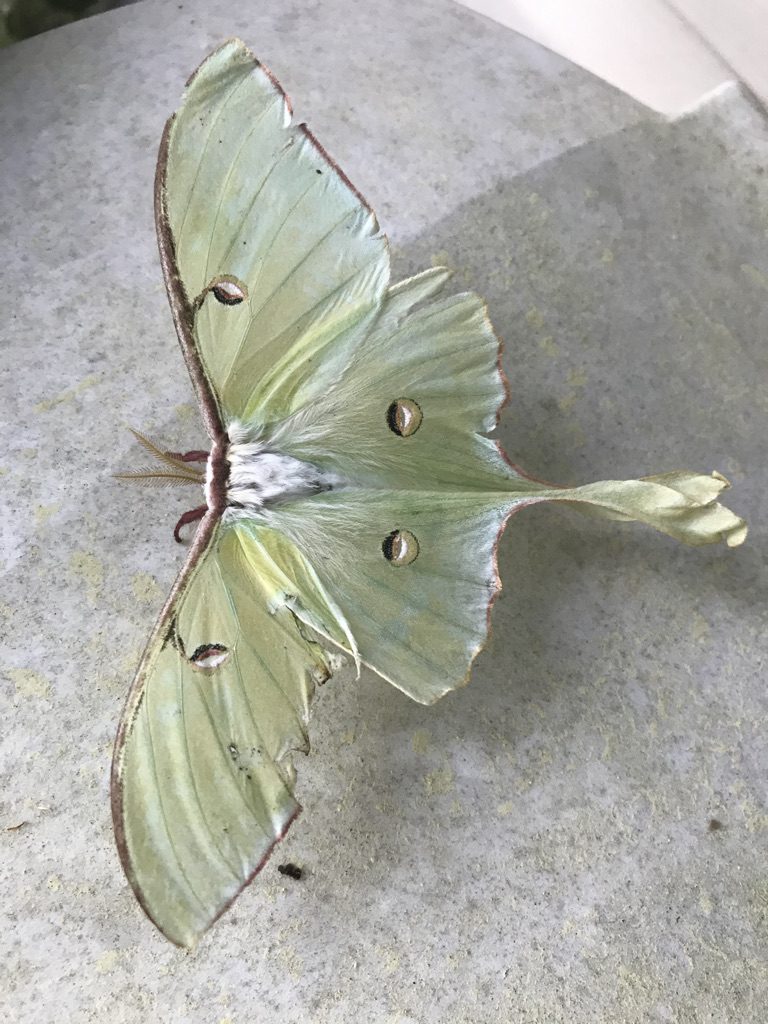
On the other hand, Luna moths (Actias luna) are absolutely gorgeous and don’t hurt anything. Only found in North America and one of the largest moths we have, these shy, nocturnal beauties are often attracted to outside lights. You’ll know them by their seafoam green color and 4- to 7-inch wingspan.
If you see aphids, ladybugs won’t be far behind. One ladybug can eat up to 5,000 insects in its lifespan, which is usually about a year, if it doesn’t get eaten by something else.
Dragonflies feast on mosquitoes — Yay! — butterflies, moths, bees, midges and even other dragonflies. Dragonflies live somewhere around six months and can eat their weight in insects every day.
Dragonfly larvae, called nymphs and looking like premier denizens of the Black Lagoon, do their part to lower the number of mosquito larvae, or wrigglers. They also eat other aquatic invertebrates, leeches, small fish and tadpoles.
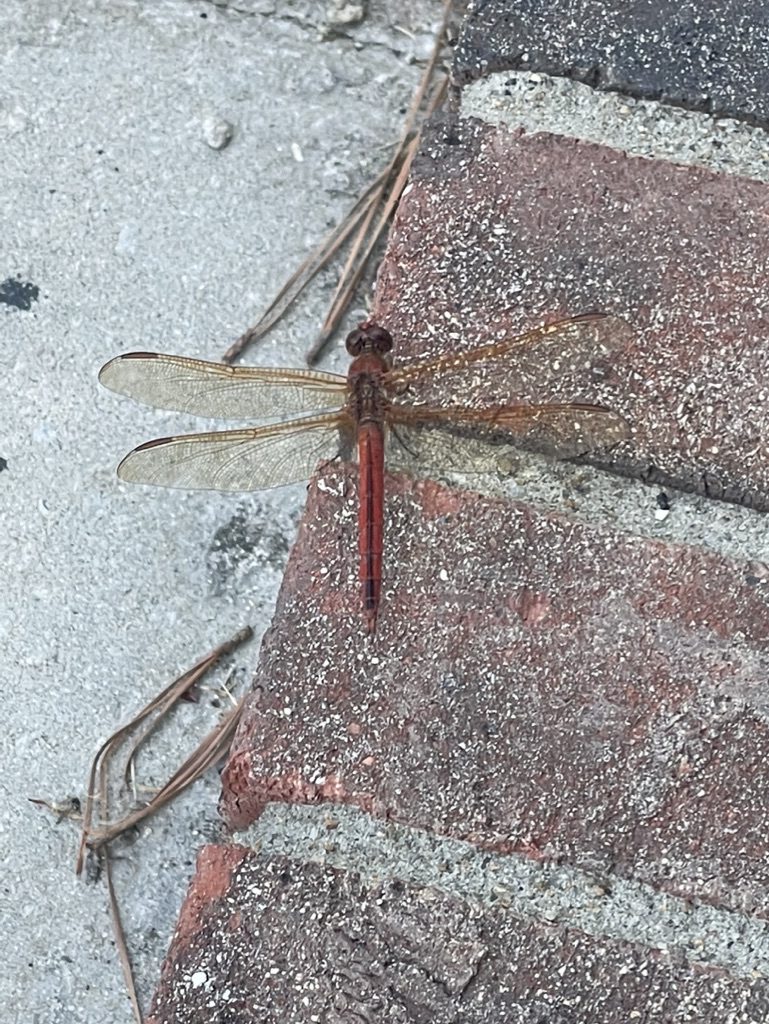
Where the insects are, there also will be birds of every description. Some birds will eat any insect, while others are choosier. Long beloved for their insect eating capabilities as well as their aerial acrobatics, purple martins (Progne subis), seem to enjoy being around people.
In a mutually beneficial partnership, humans have learned to put up gourds or martin houses to encourage these insect exterminators to nest close by. The swallows, in what is called a synanthropic relationship, have adapted to live near and benefit from the proximity of humans.
Those little bats you see flittering and chittering around your yard at dusk — probably evening bats (Nycticeius humeralis) or eastern red bats (Lasiurus borealis) — are worth their weight in gold. North Carolina has 17 species of bats. A single big brown bat (Eptesicus fuscus) can devour between 3,000 and 7,000 mosquitoes a night!
While it’s instinctive for humans to want to destroy wasp nests, or stomp spiders, or spray insecticide on everything in sight, as long as the creepy crawlies stay outside and aren’t directly bothering us or damaging our food sources, sometimes we’re better off leaving them alone and letting nature take its course.





